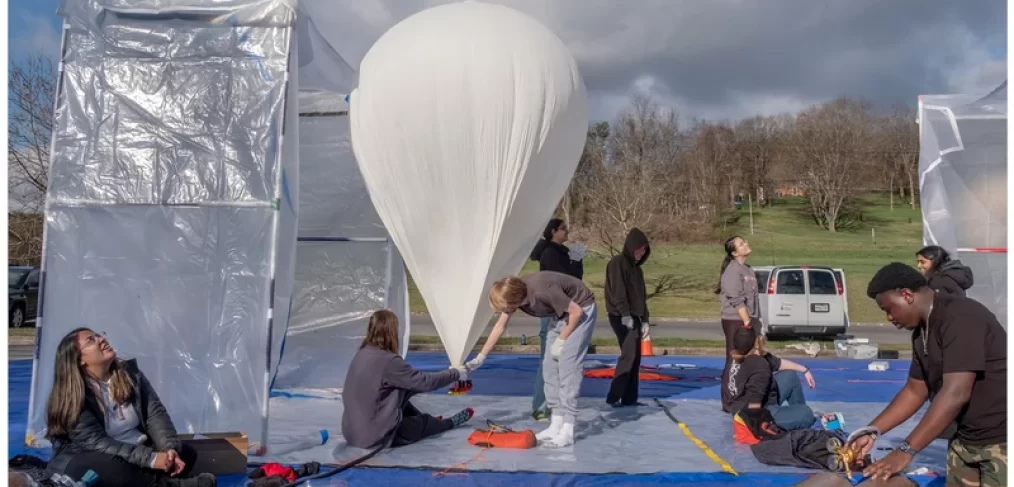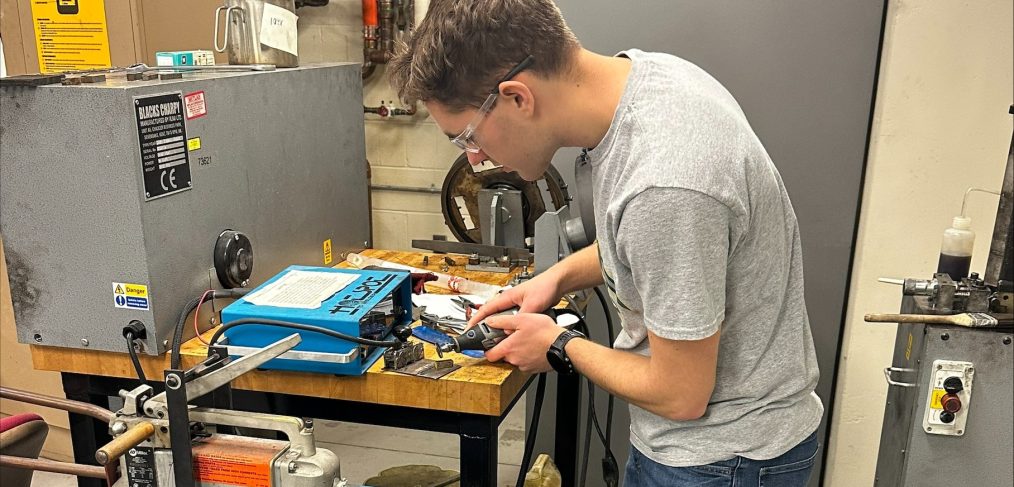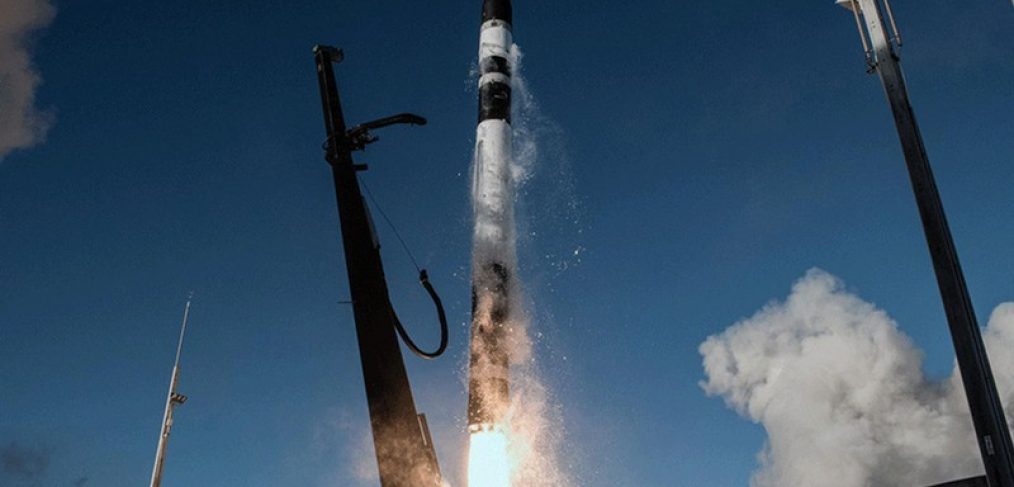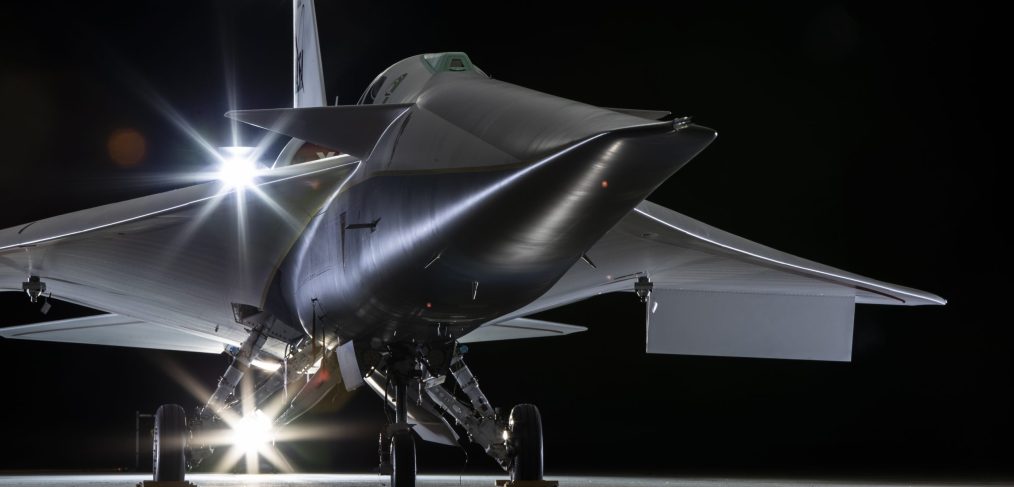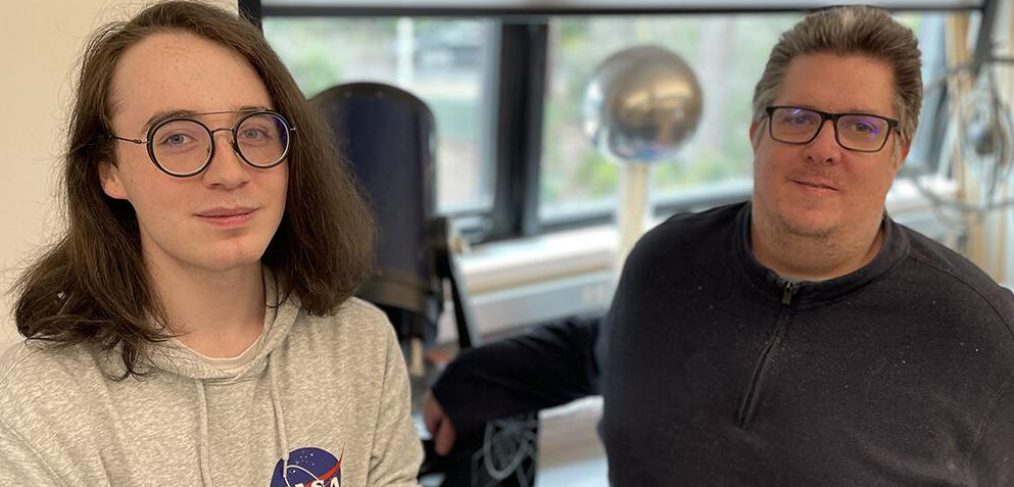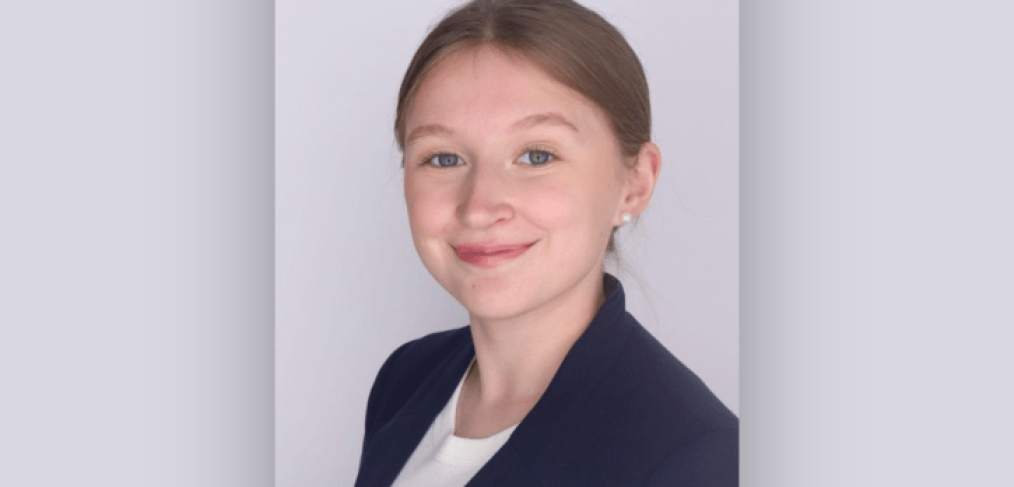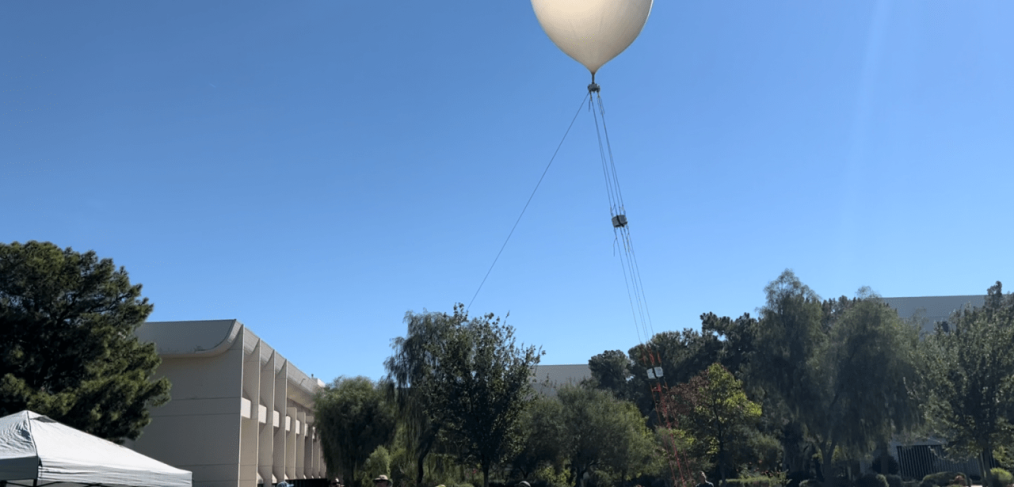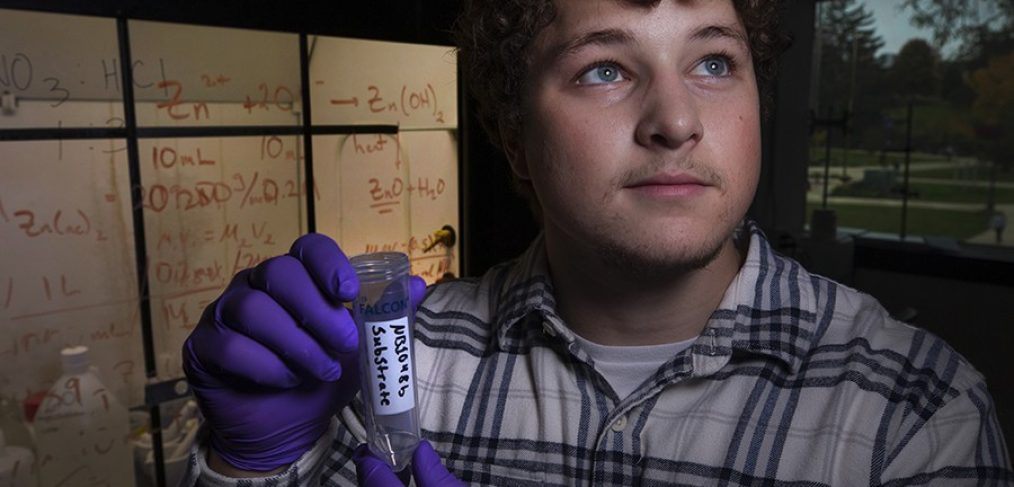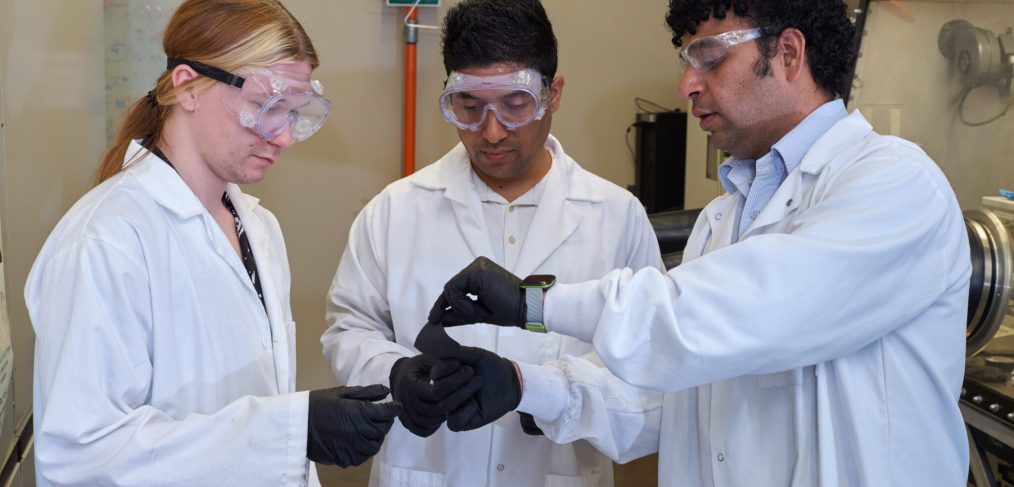For Katie Durkee ’24 M.S., the opportunities she’s had to conduct research have enabled her to pursue her interests and discover new passions. A strong believer in the ability of research to help yield new discoveries, she hopes her own work can play an important role in furthering knowledge and innovation on Earth – and beyond.
Durkee is reaching for the stars with her research, which was recently awarded a graduate research grant from the NASA Connecticut Space Grant Consortium (CTSGC). Her project explores the development of self-healing polymers from biomass (organic) resources for space-related applications. Petroleum resources are currently used to generate polymers, she explains, and these are expected to become increasingly depleted in the coming decades.
Read the full article on University of New Haven’s News page.
Author Credit: Renee Chmiel
Image Credit: University of New Haven
Original Post Date: July 27, 2023



